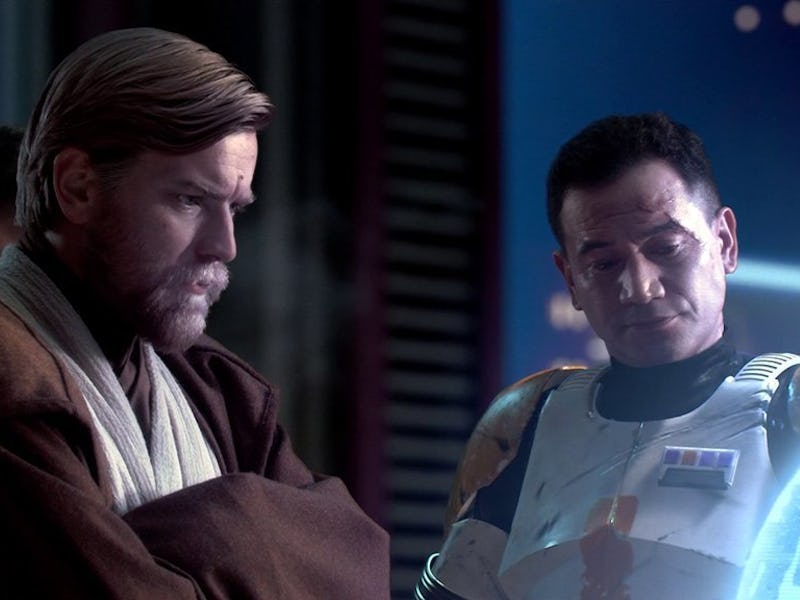
Once a year, artist and blogger Glendon Mellow likes to poke the beast that is Twitter by offering up seemingly random reasons to praise the infamously panned Star Wars prequels.
Now, with fans finally starting to change their tune, with even the upcoming Star Wars Battlefront II featuring the final battle of The Phantom Menace, Mellow thought there was no better time to casually drop 100 fast facts in praise of the prequels.
“The prequels are filled with flaws, and came at a time when nostalgia for the original films was high by bitter 20- and 30-somethings,” Mellow tells Inverse. “In fine art history, we have to look at painters and their work of the past as a whole — the merits of it at the time, and the flaws we perceive now. The prequels get held up for their legitimate flaws a lot, but I don’t think we should throw out all the creativity on display based on the flaws.”
Even for Star Wars fans who still dislike the prequel trilogy, it’s hard to refute some of the great points Mellow makes, which range from respect for symbolism to artful analysis of the themes or character arcs.
Check out the start of the thread right here.
Being an art historian, Mellow hones in on many of the specific shots and perspective choices throughout the three movies. Among his favorite are “the tweets comparing Yoda in Attack of the Clones to Michelangelo’s “David”: the small reluctantly deciding to go all in on fighting the mighty, knowing it will never stop if he wins.”
But there are also a number of poignant assessments of Anakin’s alienating personality that likely contributed to his turn to the Dark side. Luke had friends. Anakin did not. “He’s good with machines and animals, not people,” partially because he’s basically “a teen monk.”
In many cases, the societal structure of the Empire is one of polarizing oppression. Separatist groups are diverse, whereas the Empire was founded by two old, white humans.
There’s also the visual representation of the Republic’s sophistication, as communicated through their elegant architecture, which is all but eroded by the end of the prequel trilogy.
The culmination of the “war industrial landscape,” is, of course, the Death Star.
One of the most blatant things that the prequels do better than the original trilogy is characterizing Boba Fett’s spiritual predecessor and father, Jango. We’re meant to think Boba Fett is cool somehow, despite the fact that he does almost nothing. But the prequels offer daring action sequences where Jango fights Obi-Wan to a standstill, and his closest analog is actually Han Solo.
In contrast, doing less exposition and characterization with Darth Maul in The Phantom Menace makes him that much more terrifying as a villain. He’s “scarier as a relentless nightmare.”
Mellow explains his reasons for loving the prequels as having a lot to do with all of the associated concept art, such as the drawing of Padmé brandishing a knife in her final encounter with Anakin.
He also explores how undeniably good, strong, and compassionate Padmé is as a character.
The running theme through Mellow’s many points is that internet culture is so focused on the written aspects of the films, but it’s less adept at visual criticism and recognizing the smart symbolic nature of what’s shown. “I think as an online culture, we still have a way to go in developing shared vocabulary about visual symbols and language. The prequels are filled with them, much like Renaissance paintings. An apple isn’t just an apple; a robot hand isn’t just a robot hand.”
But everybody stands for Yoda dancing.
Aside from being a definitive prequel trilogy enthusiast, Glendon Mellow is an artist, art historian, and blogger, who is one of the principal bloggers for Symbiartic, a blog about art inspired by science and all the science fiction that’s associated. Check out the entire Twitter thread starting here.